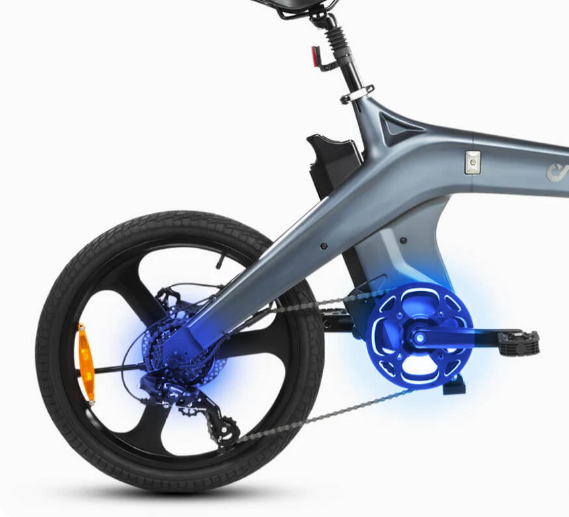The rise in popularity of ebikes has been accompanied by a plethora of questions, and one that often emerges is: How long can an ebike run? The answer isn't a simple one-size-fits-all, as various factors play a part in determining an ebike's range. From the battery capacity to the rider's habits and even the inclusion of technologies like the electric bikes with torque sensor, each aspect can influence the distance an ebike can cover on a single charge.
Battery Capacity: The Heart of the Ebike
An ebike's range is primarily dictated by its battery capacity, measured in watt-hours (Wh). A larger battery generally translates to a longer range. However, the actual distance achieved will also depend on factors such as terrain, rider weight, and level of motor assistance utilized.
The Role of Motor Assistance Levels
Most ebikes offer different levels of motor assistance, from light boosts to powerful thrusts. Naturally, using a higher level of assistance will consume battery power faster, reducing the overall range. Conversely, utilizing a minimal assistance level or turning it off entirely will allow the bike to run longer distances.

Impact of the electric bikes with torque sensor
Torque sensors bring an added dimension to the ebike experience. By measuring the force applied to the pedals and adjusting motor assistance accordingly, torque sensors ensure a harmonized blend of human and motor power. This not only provides a more natural cycling feel but can also optimize battery usage. When riders exert more force, the motor pitches in more, but during light pedaling, the motor's contribution is minimal, conserving battery life.
Other Determining Factors
- Terrain: Riding uphill or on rough terrains requires more power than cruising on flat or downhill roads.
- Rider Habits: Constantly starting and stopping or frequently accelerating can deplete battery life faster.
- External Conditions: Cold weather can reduce battery efficiency, while headwinds can make the motor work harder.
- Bike Maintenance: A well-maintained ebike with properly inflated tires, clean components, and a well-tuned drivetrain can run more efficiently than a neglected one.
To get a practical sense of an ebike's range, manufacturers often provide both a minimum and maximum expected distance. However, real-world conditions and individual riding habits can make actual distances vary.
In essence, the longevity of an ebike's run on a single charge is an interplay of technology, environment, and human factors. While advancements like torque sensors enhance efficiency, riders should also be attuned to their habits and the conditions they're riding in to maximize their ebike's potential.
